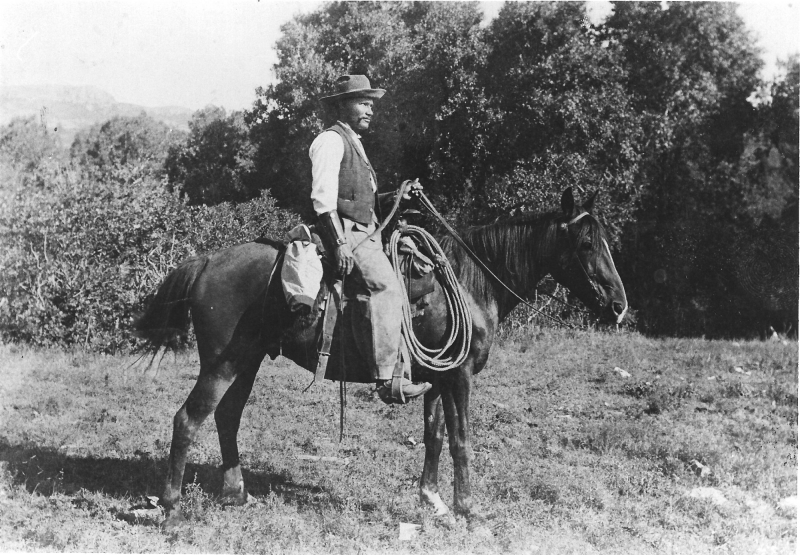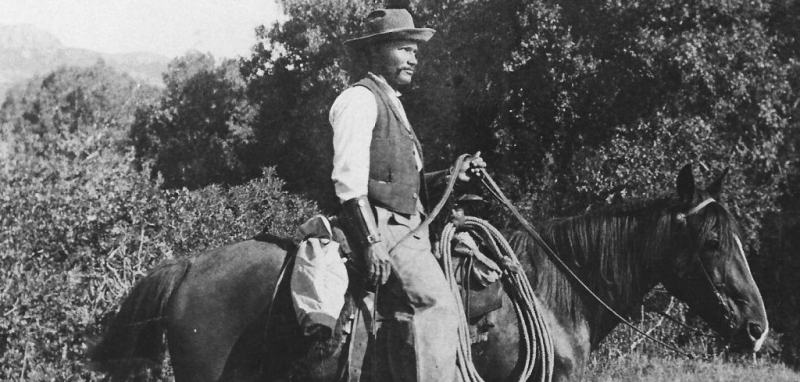Cowboy George McJunkin’s discoveries changed North American archaeology and history
According to some sources, George McJunkin was born into slavery in pre-Civil War Texas either in 1851 or 1856, depending on what is written on his headstone. He found work as a cowhand and rancher after the war. He learned to read and write while working cattle drives with the help of his fellow cowhands. He did a great job at teaching himself that he was recognized as an authority in the subject of archaeology.
McJunkin had a solid reputation as a skilled rancher and horseman by 1868. He relocated to New Mexico and took a job at the Crowfoot Ranch near Folsom as foreman. A terrible flood struck the Folsom area in 1908. McJunkin discovered petrified bison bones after the flood, together with clearly crafted flint arrowheads that are now referred to as Folsom Points. McJunkin tried for more than ten years to pique the attention of archaeologists to conduct an excavation at the site. He didn't achieve success until 1926.
With McJunkin's finding, it was proven that prehistoric humans had been present in the area for a much longer period of time than previously thought—nearly 10,000 years. Uncontestable evidence of human-made weaponry was found lodged in the fossilized remains of a creature that had been extinct during that time. It served as evidence that people lived and hunted in North America throughout the late Ice Age. McJunkin had passed away by the time the item was discovered and examined, but his contribution to science and Western mythology was recognized for what it revealed.
Born: 1856
Died: 1922












